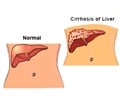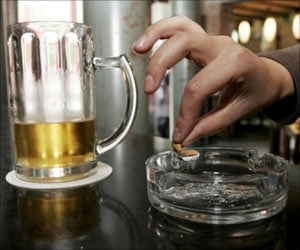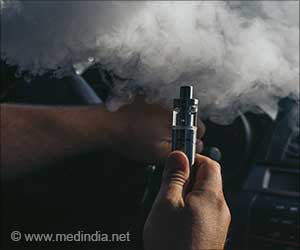According to two leading researchers, fashion is sufficient to explain the spread of binge drinking.
Binge drinking culture might have nothing to do with moral decline or the availability of cheap drink, but just to copying pals' drunken antics, according to a new research.
According to two leading researchers, fashion is sufficient to explain the spread of binge drinking.In the study, the researchers have shown that computer models can simulate a sudden upswing in binge drinking by using the effects of social networks alone.
"Fashion is sufficient to explain the spread of binge drinking," Nature quoted economist Paul Ormerod of Volterra Consulting in London, UK, as saying.
"If you don't take account of this while trying to reverse this trend, there'll be a high chance of failure," he added.
To measure the prevalence of binge drinking and its social structure, Ormerod and his colleague Greg Wiltshire commissioned an online survey of 504 people aged between 18 and 24, split almost equally between men and women.
The authors defined binge drinkers as those who went out specifically to get drunk, or those who reported having 10 or more drinks in a session, at least once a week.
Advertisement
Most also said that their friends were like them. More than half of binge drinkers reported that all or nearly all of their friends behaved likewise, whereas only 15percent of non-bingers thought that bingers made up the large majority of their friends.
Advertisement
The two researchers simulated a population with an initial random 2percent of binge drinkers. A person was converted to binging if the proportion of their social contacts that binged passed a randomly assigned threshold - so some people would be easily swayed, others much more resistant.
The study is published as a preprint on the physical sciences server arXiv1.
Source-ANI
SPH







